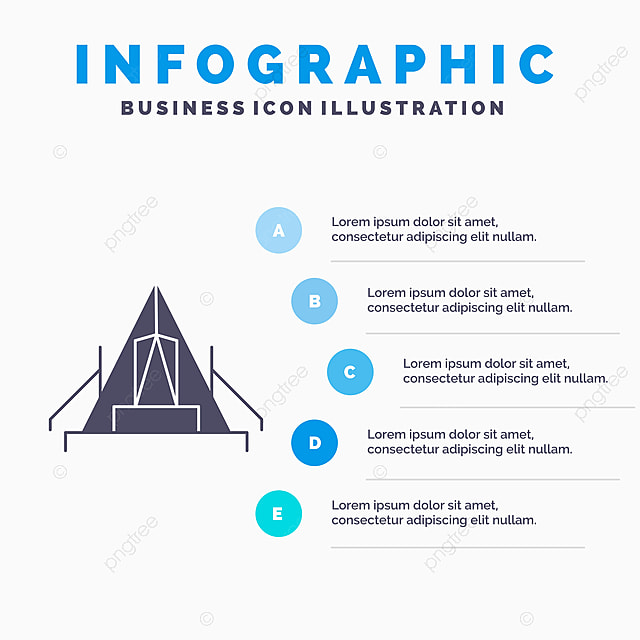While both deal staminas in different environments, it's important to identify which kind of insulation will finest offer your needs. The insulation you select effects warmth, weight, water resistance, compressibility and cost.
Down is harvested from waterfowl, normally ducks or geese. It is prized for its agility, simple compression and protecting residential or commercial properties. Nonetheless, down ends up being less efficient when wet.
Warmth-to-Weight
A high warmth-to-weight proportion is desired in exterior garments and gear. The insulating residential properties of down feathers make them an excellent choice for this purpose, as they are incredibly cozy and lightweight.
Nonetheless, down sheds its protecting capabilities when it gets wet, suggesting it needs to be coupled with a water-proof shell. Additionally, some individuals dislike down, making synthetic coats a far better option for them.
Artificial insulations are usually made from recycled polyester and developed to imitate down's shielding homes. They are not as light-weight as down, but they do not shed their insulating capabilities when they splash and completely dry quicker than down. They are additionally extra economical than down. Nevertheless, their life expectancy is shorter than down, resulting in higher maintenance and substitute prices.
Water Resistance
The insulation you select for your work jacket will certainly make a large distinction in exactly how comfortable you really feel outdoors. Nonetheless, the type of insulation you choose also has substantial implications for your sustainability goals.
Down is an exceptional insulator for a number of factors. It's light-weight, compressible, and provides a great warmth-to-weight proportion. Nevertheless, it does not fare well when it gets wet. Down clumps up and loses its loft space when damp, which can dramatically reduce its ability to catch heat.
Artificial insulation materials, such as Thinsulate and Primaloft, hold up far better versus damp problems. They typically have a limited weave or chemical finishing that keeps water from penetrating the material. This permits the insulation to stay breathable, even if damp. It's worth keeping in mind that synthetics can likewise be uncomfortable when wet, yet they maintain their insulating properties.
Compressibility
While goose down does have an exceptional warmth-to-weight proportion, artificial insulation carries out in a similar way. Nevertheless, unlike down which soaks up and loses its shielding abilities when damp, artificial insulation does not. Because of this, it can keep its loft and catch warm air in wet problems.
Typically made from polyester sheets or clusters that simulate down, the most common synthetic insulation brands consist of PrimaLoft, FullRange, Thermoball and Patagonia's PlumaFill. While it still can't match down's loftiness and warmth-to-weight, artificial coats are light-weight, quick to dry and cheaper than down. This makes synthetic jackets excellent for damp settings, or if you're prone to sweating greatly. Synthetic jackets are additionally much less delicate than down and can take a beating. This resilience extends to their face fabrics which are typically thicker and much more resilient than down.
Resilience
A major factor to consider in sustainability is a product's durability and sturdiness. Natural materials like cork, ThermaCork expanded cork and Havelock wool military tent last longer than artificial choices like fiberglass and vinyl. They additionally call for less maintenance and can withstand rough environmental problems.
Nonetheless, all-natural insulation doesn't perform too when damp as artificial options. Wool and fleece glob together when wet, endangering their capability to trap heat. Artificial insulation, on the other hand, does not absorb dampness and remains to insulate also when soaked.
This makes artificial insulation suitable for damp climates and strenuous tasks where you may sweat greatly. It's likewise easier to clean and dries faster than down. This included sturdiness and reliability make artificial insulation an overall victor in this category. This translates to durable insulated work boots that last long and maintain you warm up via requiring environments.
Sustainability
Natural materials offer biodegradability and a smaller environmental footprint, while synthetic choices boast toughness and cutting-edge applications that sustain power performance. Nevertheless, it is necessary to comprehend real environmental impact of these insulation materials from cradle-to-grave.
As an example, if an all-natural insulation product needs to travel a cross country from its source to the building website, transportation-related emissions raise its overall carbon footprint. Picking locally sourced and recycled products minimizes that impact. And, choosing GREENGUARD and Cradle to Cradle certifications guarantees that insulation is without unstable organic compounds (VOCs) and supports responsible sourcing and labor conditions.
Sheep's wool and cork are eco-friendly insulation sources that are gathered without harming the tree or plant. Both have actually the added advantage of being naturally immune to mold and mildew, insects and dampness.
